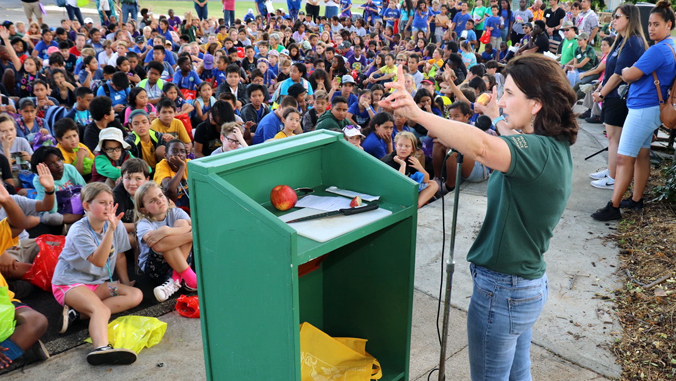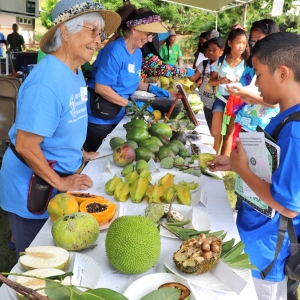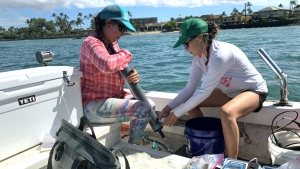
The University of Hawaiʻi will receive $1.5 million in grants from the U.S. Department of Agriculture’s National Institute of Food and Agriculture to expand education programs focused on food, agriculture and natural resources. This funding is part of a competitive grant program for Alaska Native and Native Hawaiian-serving institutions to promote educational equity for underrepresented students, expand education programs and provide job training in these fields.
“The food insecurity too many families are facing during the coronavirus pandemic only further highlights the urgency of Hawaiʻi’s efforts to promote food and agriculture sustainability,” Sen. Mazie Hirono said in an announcement. “This grant funding will support the University of Hawaiʻi’s work to increase educational and job training opportunities for Native Hawaiian students in these critical fields. I will continue to advocate for robust funding to support Native Hawaiian-serving institutions as we continue our work to diversify our economy and increase our food security.”
UH programs
HI!ag Consortium University of Hawaiʻi: Expanding Agriculture Education in FY2020 ($1,040,235)

The nine UH campuses in Hi!ag are UH Mānoa, UH Hilo, UH West Oʻahu, UH Maui College, Hawaiʻi CC, Kapiʻolani CC, Oʻahu CC, Leeward CC and Windward CC. Hi!ag provides education and training resources for underrepresented individuals and businesses to break the negative cycle of resource and employment insecurity.
Grant funding will support individuals and businesses by ensuring equitable access to UH, state and federal agribusiness resources, while addressing issues related to food security, climate change, social equity, land preservation and a diversified economy. Separately, it will also support activities to improve science-based education, increase rural economic viability and job opportunities, and build a larger and better prepared workforce to serve Hawaiʻi’s food, agriculture and natural resource management industries.
The projectʻs investigators wrote, “Our focus is on developing student leadership skills, and building capacity, among Hawaiʻi’s rural communities, including Native Hawaiians and other historically underserved populations. Project outcomes include a larger number of graduates in agricultural sciences, and increased productivity and profitability of agribusinesses.”
Mauka to Makai: From the Mountain to the Sea ($489,234)

Grant funding to UH Maui College will support a research methods and communications course and internships with local industry and nonprofit organizations to prepare students for science-based careers, particularly in food, agriculture, natural resources and human sciences. Separately, it will also support a “Ridge-to-Reef” summer bridge program for high school students that incorporates place-based learning through field work experiences. Finally, it will support data collection to inform future policies and engage stakeholders in ridge-to-reef management strategies.
“One of the things we have in Mauka to Makai is a new internship program that provides experiential learning so that students can explore potential careers and build professional networks,” said Andrea Kealoha, co-principal investigator. “Right now, we have two undergraduate students participating in water quality research projects from beginning to end. They learn how to plan for and lead field work, conduct the analyses in our new water quality lab and interpret the data.”

